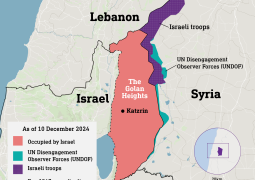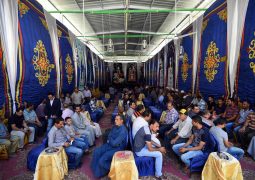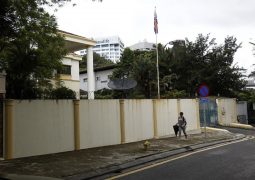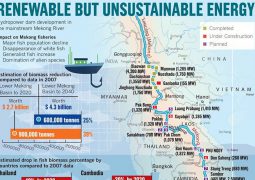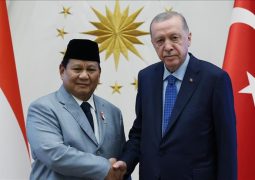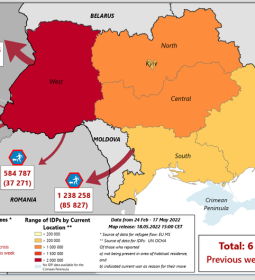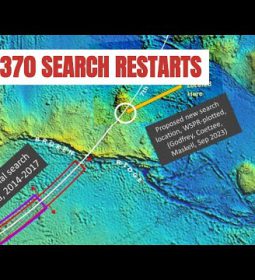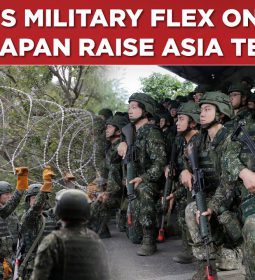Highlighting Southeast Asia’s voice: A goal for 2017 for Manila

MANILA, Philippines – As ASEAN celebrates its 50th year, the ten countries of Southeast Asia face geopolitical uncertainty abroad and near home. With the Philippines playing the role of chair for this year’s meetings, the Duterte administration has the task of shepherding a regional agenda for a group facing challenges on multiple fronts. How can the Philippines can use its leadership this year to help ASEAN achieve its goals?
Highlighting Southeast Asia’s voices
The Philippines can play a particularly important part in using its current ASEAN chairmanship. ASEAN chairs have a unique power – the right to set the official genda for the organization’s meetings and, in doing so, influence the outcomes of these meetings. If, as rumored and reported, the Philippines chooses to leave landmark award from the arbitral tribunal off the agenda, the administration would forego the use of one of the country’s foreign policy levers.
No matter the Philippines’ foreign policy strategy, there is little doubt that the South China Sea disputes, as well as the discussion over the planned framework code of conduct, will be hanging over the entire chairmanship. In this context, it is better for the government to encourage the voices of our Southeast Asian partners, even when we do not always agree, than to sideline ASEAN in favor of Beijing. The disputes must and will be settled through the agreement of all those involved. ASEAN’s members, especially the claimants, should be the highlighted voice of this year’s discussions.
ASEAN, for all its challenges, remains the best platform for the ten regional countries to settle differences and unite on key issues. The territories of the South China Sea/West Philippine Sea may not be equally important to all ASEAN members, but a polite, active discussion is necessary for ASEAN to live up to its own organizing principle as an independent force for regional stability and to its long-held goal of serving as a rock of peace and pride for the region.
The promise of a united Southeast Asia and its impact on the region is deeply entwined with our foreign policy. The Philippines has consistently played an active role in the growth and development of the Association of Southeast Asian Nations (ASEAN), dating back to its birth in 1967. At ASEAN’s birth, the organization aimed to provide a third force in the region to combat the effects of great power politics.
Although it has been criticized in recent years for being no more than a “talk shop,” ASEAN has persisted through political and economic crises, from the damages of the Cold War to the 1997 Asian Financial Crisis. Its greatest success may be the lack of inter-member armed conflict and, more encouragingly, the absence of “strategic distrust” between them.
Now, for better or worse, the countries of Southeast Asia are more tightly bound to each other, as export markets, sources of labor, and as parts of global supply chains. Thanks in part to its members’ efforts in economic cooperation and integration, the ASEAN bloc is the Philippines’ largest trading partner, cumulatively beating out Japan, China, and the United States in 2015 and the first half of 2016.
For 50 years, ASEAN was defined more by what it wasn’t than by what it stood for: it wasn’t communist, it wasn’t colonized, and it was neither Chinese, Japanese, American, or Indian. However, for ASEAN to emerge as a true third force it must decide what it will do with its weight: its members must have something to unite around. This year, the Duterte administration must do its part, together with the region, for the region to find its common vision and voice.
Dindo Manhit is the president of Stratbase ADR Institute.
- Previous Duterte Under Pressure Marcos-style cronyism and abuses of power will turn off Filipinos
- Next The bastardisation of Thai Buddhism



